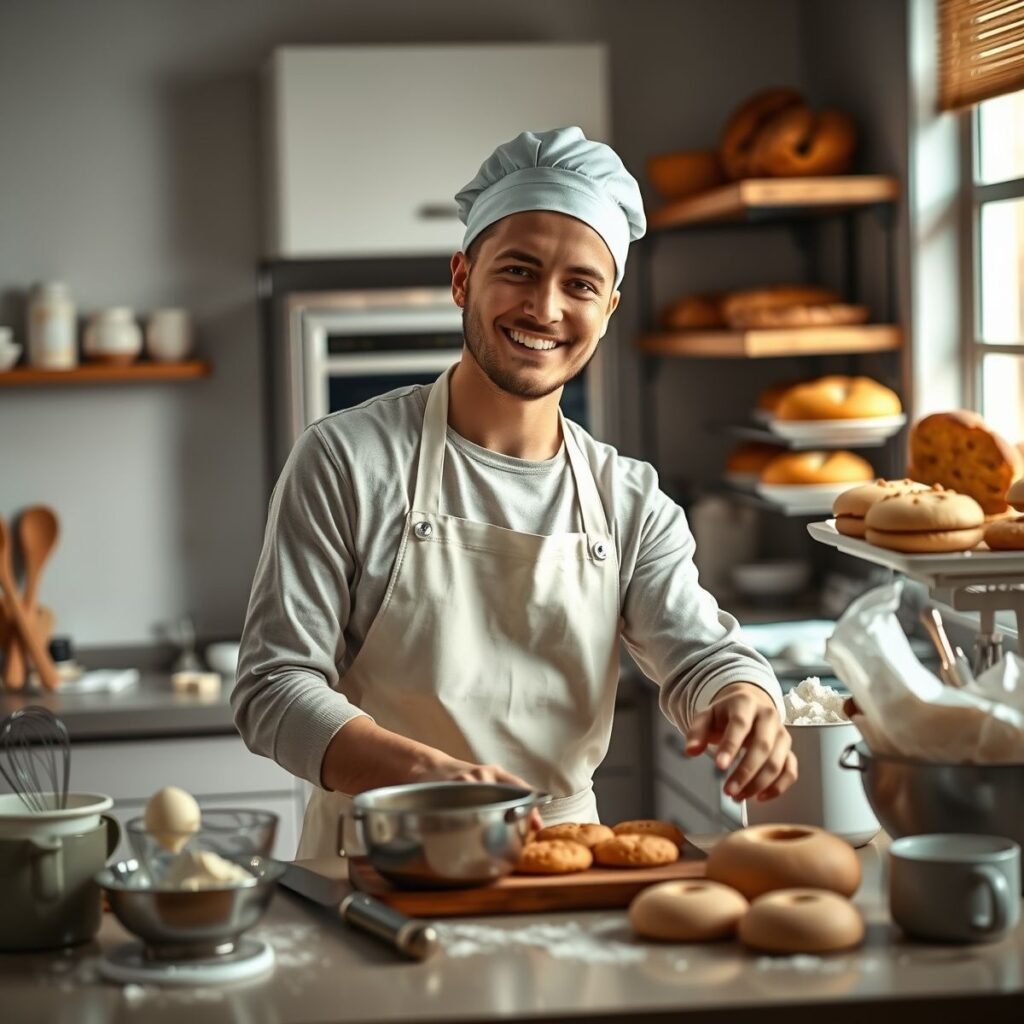Índice do Conteúdo
Understanding Baking Basics
Baking is an art that combines science and creativity. At its core, baking involves the precise measurement of ingredients, the right temperature, and a good understanding of how different elements interact. Knowing the basics of baking is essential for crafting perfect cakes, cookies, and bread. This section covers the fundamental principles that every baker should know to achieve consistent results in their baking endeavors.
Essential Ingredients for Baking
When it comes to baking, the quality of ingredients can make or break your recipe. Fundamental ingredients include flour, sugar, eggs, butter, and leavening agents like baking powder or yeast. Each of these components plays a distinct role in the final product. For instance, flour provides structure, while sugar adds sweetness and moisture. Understanding the function of each ingredient will help you swap them effectively when necessary, leading to delicious results every time.
Measuring Ingredients Accurately
Accurate measurement is crucial in baking. Unlike cooking, where a pinch of this or that might suffice, baking requires precision. Use a kitchen scale for dry ingredients, measuring cups for liquid ingredients, and spoons for smaller quantities. Familiarizing yourself with both metric and imperial measurements will also prove beneficial when following various recipes. This attention to detail ensures that your cakes rise perfectly and your cookies come out just right.
Mixing Techniques
Mixing is a vital step in the baking process. Different techniques, such as creaming, folding, and whisking, affect the texture and flavor of the final product. For example, creaming butter and sugar introduces air into the mixture, creating a light and fluffy texture ideal for cakes. Conversely, folding is a gentle method used to combine ingredients without deflating air bubbles, which is crucial for delicate batters. Mastering these techniques will elevate your baking skills significantly.
Understanding Oven Temperatures
Ovens can vary significantly in temperature, which can impact your baking results. It’s essential to preheat your oven and use an oven thermometer to ensure the correct temperature. Baking at the right temperature allows for proper rising and browning. Additionally, understanding how to adjust baking times based on your oven’s characteristics helps ensure that your cookies are perfectly chewy and your bread has a nice crust.
Cooling and Storing Baked Goods
Proper cooling and storing of baked goods are often overlooked but are critical to maintaining texture and flavor. Cakes, cookies, and bread should be allowed to cool in their pans for a short time before transferring them to wire racks. This prevents sogginess. Once cooled, store your baked goods in airtight containers to retain moisture and freshness. Knowing how to store different types of baked items will help them last longer and taste better.
Common Baking Mistakes
Even experienced bakers make mistakes. Common pitfalls include overmixing batter, not measuring ingredients correctly, and neglecting to preheat the oven. Overmixing can lead to tough baked goods, while improper measurements can throw off the entire recipe. Learning to identify these mistakes and understanding how to avoid them will lead to better baking outcomes and a more enjoyable experience in the kitchen.
Using the Right Tools
Having the right tools is essential for successful baking. From high-quality mixing bowls and measuring cups to baking sheets and silicone mats, investing in the right equipment can enhance your baking experience. Specialty tools, such as offset spatulas for frosting and pastry brushes for glazing, can also help achieve professional-looking results. Familiarize yourself with the essential tools and their uses to streamline your baking process.
Experimenting with Flavors and Textures
Once you’ve mastered baking basics, don’t hesitate to experiment with flavors and textures. Adding spices, extracts, or even incorporating fruits and nuts into your recipes can create unique and delicious variations. Understanding how different flavors interact will allow you to personalize your baked goods and impress your family and friends. Baking is about creativity, so let your imagination run wild while still adhering to fundamental techniques.



